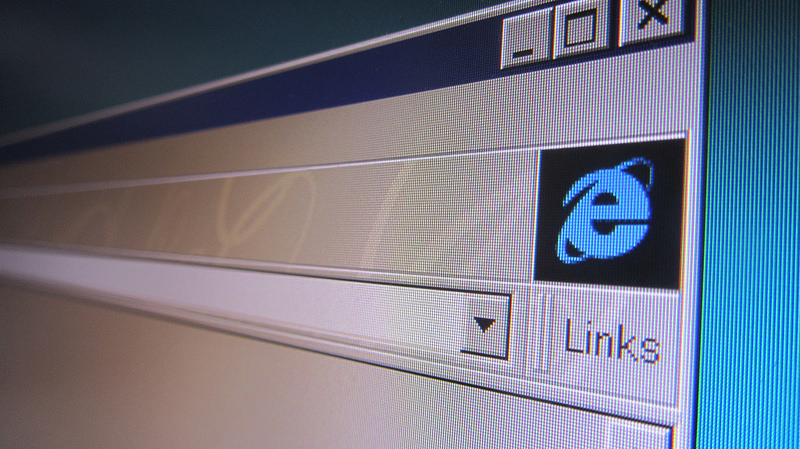If you are using an older version of Internet Explorer, now might be the perfect time to upgrade to the latest version. Starting January 12, Microsoft intends to pull the plug on Internet Explorer 8, 9 and 10, thereby making these versions obsolete.
On January 12, Microsoft will be releasing a patch that offers some final bug fixes and security updates, and also adds a notification that will prompt users to upgrade to Internet Explorer 11, the latest and final version of Microsoft’s web browser. Users on Windows 10 will be moved to Edge obviously.
This move does not come as a surprise to anyone. Back in 2014, Microsoft had moved Internet Explorer to legacy status, thereby implying that it was being maintained only for compatibility’s sake with enterprise usage. However, several users have still persisted with older versions of IE, and with three versions, 8, 9 and 10 now reaching end of life, upgrading to Internet Explorer 11 (or Edge) or migrating to a different web browser will be those users’ best bet.
For web designers and developers, this news must seem like music to ears, especially because older versions of IE had failed to keep up to date with the latest trends in CSS and web development, and now that those versions are retired, we can expect cleaner and less bulkier website code.
Following January 12, Internet Explorer 11 will be the only surviving and actively maintained version of what was once the world’s favorite web browser. To learn more, you can read the official blog post on this page.
What do you think of this move by Microsoft? Internet Explorer 8, 9 and 10 will soon be limited to the pages of history. Good riddance? Share your views in the comments below.
Featured Image: Christian Colen
